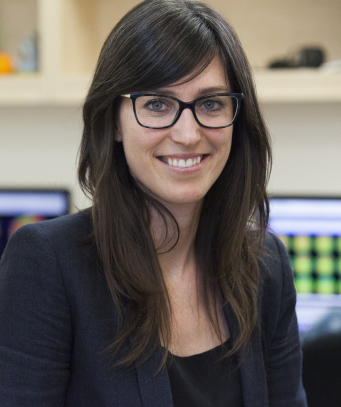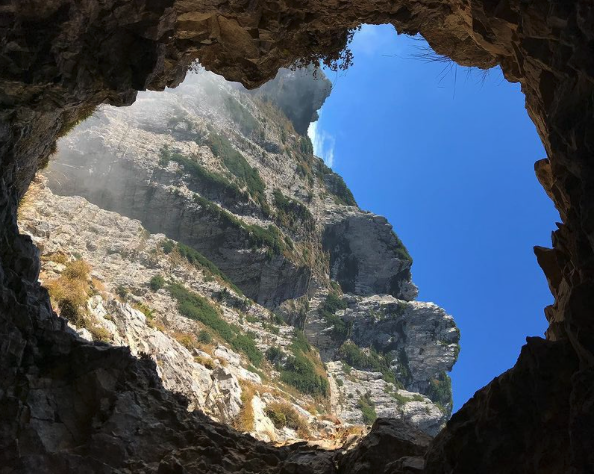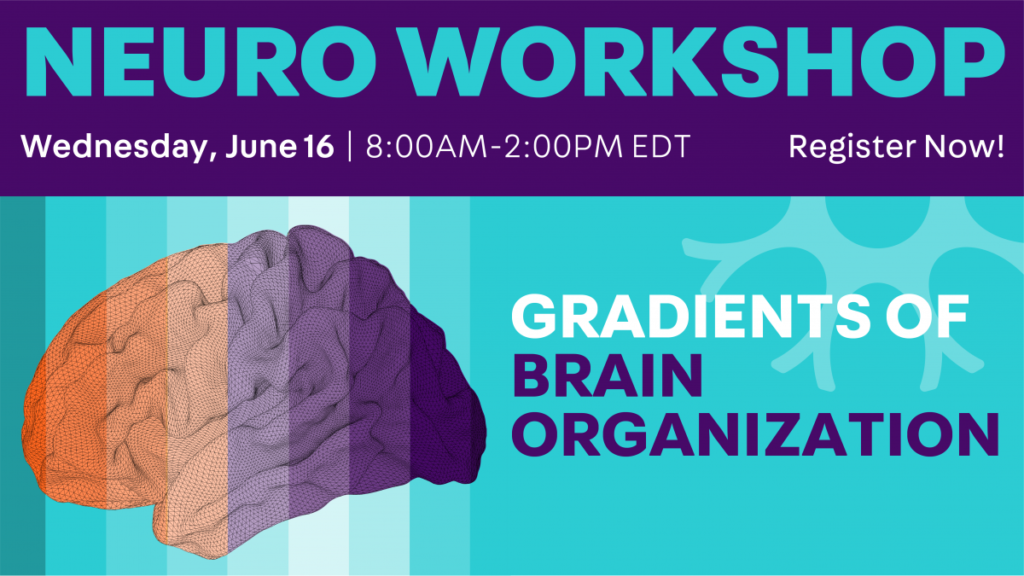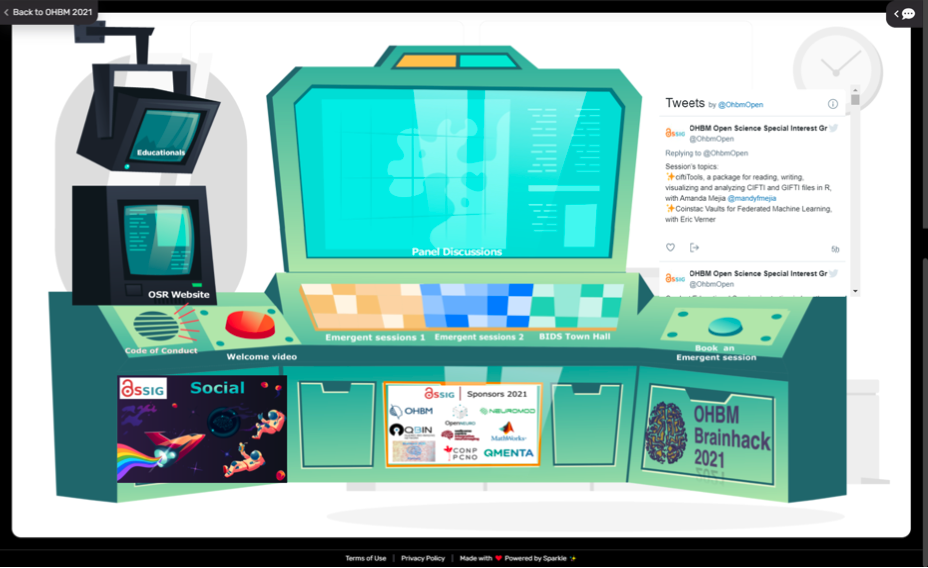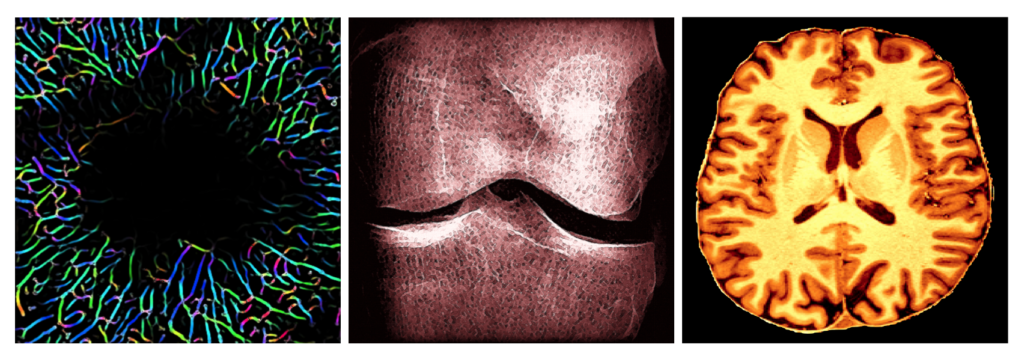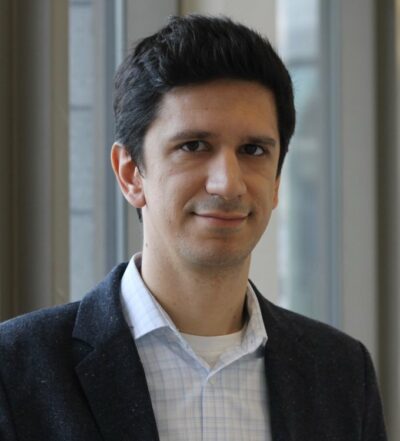Spotlight on a Rising Star: A conversation with Sylvia Villeneuve
Exceptionally this year, QBIN will be awarding two Professors the Rising Star in Bio-Imaging in Quebec award, Profs. Sylvia Villeneuve and Hassan Rivaz, who will present their work at the 2022 QBIN Scientific Day in Sherbrooke on June 2nd along with this year’s William Feindel lecturer, Louis Collins. In order to learn more about their research and interests, the QBIN blog team conducted interviews with each of them. Stay tuned for interviews with Hassan Rivaz and Louis Collins soon and enjoy this first interview with Sylvia Villeneuve!

